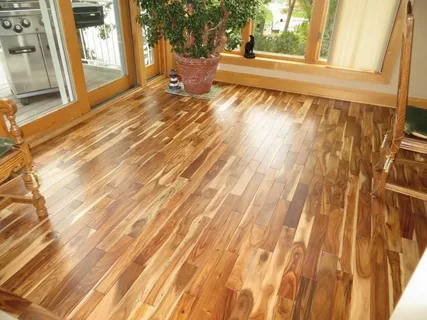Introduction
In an era where environmental consciousness meets economic prudence, making energy-efficient upgrades to your home is a win-win. Not only do these upgrades contribute to a reduced carbon footprint, but they also lead to significant cost savings on utility bills. This article explores various energy-efficient upgrades that homeowners can consider to create a more sustainable and comfortable living space.
Benefits of Energy-Efficient Upgrades
Investing in energy efficiency goes beyond cost savings. While reduced utility bills are a clear advantage, the environmental impact is equally significant. Energy-efficient homes consume fewer resources, contributing to a greener planet. Additionally, such upgrades often enhance the comfort of your living space and can increase the overall value of your home.
Starting with an Energy Audit
Before diving into upgrades, it’s essential to conduct an energy audit. This process involves evaluating your home’s current energy consumption and identifying areas for improvement. An energy audit provides valuable insights into where your home may be losing energy and guides you in prioritizing upgrades.
Sealing the Home: Doors and Windows
Proper insulation is fundamental to energy efficiency. Begin by sealing any gaps or cracks around doors and windows. Consider upgrading to energy-efficient doors and windows, which not only improve insulation but also enhance the aesthetics of your home.
Upgrading to Energy-Efficient Lighting
One of the simplest yet impactful upgrades is transitioning to energy-efficient lighting. Replace traditional bulbs with LED or CFL bulbs. Consider installing smart lighting solutions that allow you to control and customize your lighting, optimizing energy use.
Optimizing Heating and Cooling Systems
Regular maintenance of heating, ventilation, and air conditioning (HVAC) systems is crucial. Clean or replace filters, and consider scheduling professional inspections. Explore the benefits of programmable thermostats, allowing you to regulate temperature efficiently.
Investing in Energy-Efficient Appliances
Home appliances contribute significantly to energy consumption. Choose appliances with the ENERGY STAR label, indicating high energy efficiency. Additionally, practice energy-conscious habits, such as running appliances during off-peak hours.
Harnessing Solar Power
Solar panels are a game-changer in sustainable living. While the initial investment may seem significant, the long-term benefits, including reduced electricity bills and a lower carbon footprint, make it a worthwhile consideration.
Landscaping for Energy Efficiency
Strategic landscaping can contribute to energy efficiency. Planting trees and shrubs strategically provides shade during hot months and acts as a windbreak during colder seasons. Thoughtful landscaping reduces the load on heating and cooling systems.
Water Efficiency in the Home
Upgrading to water-efficient fixtures, fixing leaks promptly, and being mindful of water consumption contribute to overall home efficiency. Small changes, such as using a low-flow toilet or taking shorter showers, can have a substantial impact.
DIY Energy-Efficient Projects
Simple do-it-yourself projects allow homeowners to actively participate in creating an energy-efficient home. From weatherstripping doors to insulating hot water pipes, there are numerous projects suitable for varying skill levels.
Government Incentives and Rebates
Explore available government programs, incentives, and rebates for energy-efficient upgrades. Many governments offer financial incentives to encourage homeowners to adopt sustainable practices, further offsetting the initial costs.
Common Myths About Energy Efficiency
Dispelling myths around energy efficiency is essential for informed decision-making. Clarify misconceptions about the effectiveness of certain upgrades and emphasize the tangible benefits of energy-conscious choices.
The Future of Home Energy Efficiency
The future holds exciting possibilities for sustainable homes. Emerging technologies, such as smart home systems and innovative building materials, offer homeowners new avenues for reducing their environmental impact.
Conclusion
In conclusion, transforming your home into an energy-efficient haven involves a series of thoughtful upgrades. From sealing gaps to harnessing solar power, each step contributes to a more sustainable lifestyle. Beyond the immediate benefits of cost savings, energy-efficient upgrades empower homeowners to play a pivotal role in building a greener and healthier future.

